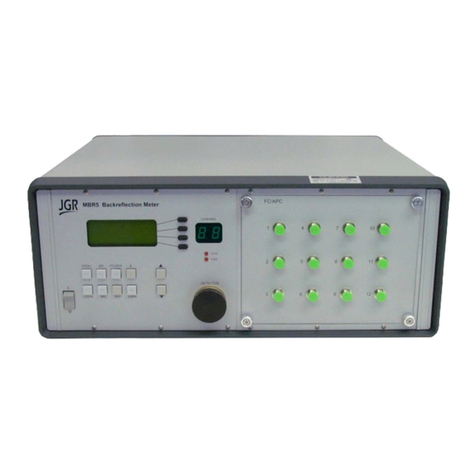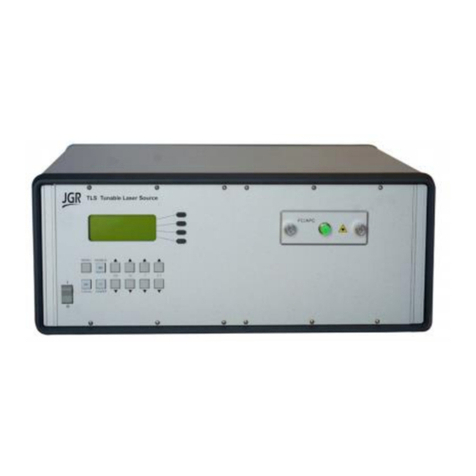TABLE OF CONTENTS
COMPLIANCE ............................................................................................................1
FDA-CDRH COMPLIANCE .....................................................................................................1
CSA /IEC COMPLIANCE........................................................................................................1
COMPLIANCE .........................................................................................................................1
GENERAL INFORMATION ......................................................................................2
TLS TUNABLE LASER SOURCE OVERVIEW ..............................................................................2
OUTPUT PORT.......................................................................................................................3
KEY FEATURES ......................................................................................................................3
APPLICATIONS.......................................................................................................................3
ACCESSORIES........................................................................................................................3
SAFETY INFORMATION ..........................................................................................4
SAFETY MARKINGS ON THE UNIT ...........................................................................................4
CLASSIFICATION....................................................................................................................5
LASER SPECIFICATIONS .........................................................................................................5
IMPORTANT SAFETY INFORMATION ........................................................................................5
Laser Hazards
...........................................................................................................5
Electrical Shock Hazards
.........................................................................................6
GETTING STARTED ..................................................................................................7
INITIAL INSPECTION..............................................................................................................7
OPERATIONAL REQUIREMENTS...............................................................................................8
PRODUCT OVERVIEW.............................................................................................................9
Front Panel and Key Description
............................................................................9
Rear Panel
.................................................................................................................9
OPERATION .............................................................................................................11
POWERING UP THE TUNABLE LASER SOURCE........................................................................11
MANUAL TUNING.................................................................................................................11
SWEEP MODE......................................................................................................................12
USER MENU OPERATION......................................................................................................13
Accessing the User Menu
......................................................................................13
User Menu Options
................................................................................................13
MESSAGES AND SYMBOLS ....................................................................................................14
CALIBRATION ......................................................................................................................14
Calibration Period
...................................................................................................15
PROGRAMMING GUIDE........................................................................................16
SETTING UP FOR RS-232, USB OR GPIB COMMUNICATION .................................................16
Accessing the “User Menu” mode
........................................................................16
Programming over GPIB
.......................................................................................16
Programming Over RS-232
...................................................................................16
Programming Over USB
........................................................................................17
MAINTENANCE AND TROUBLESHOOTING ......................................................18
MAINTENANCE.....................................................................................................................18


































